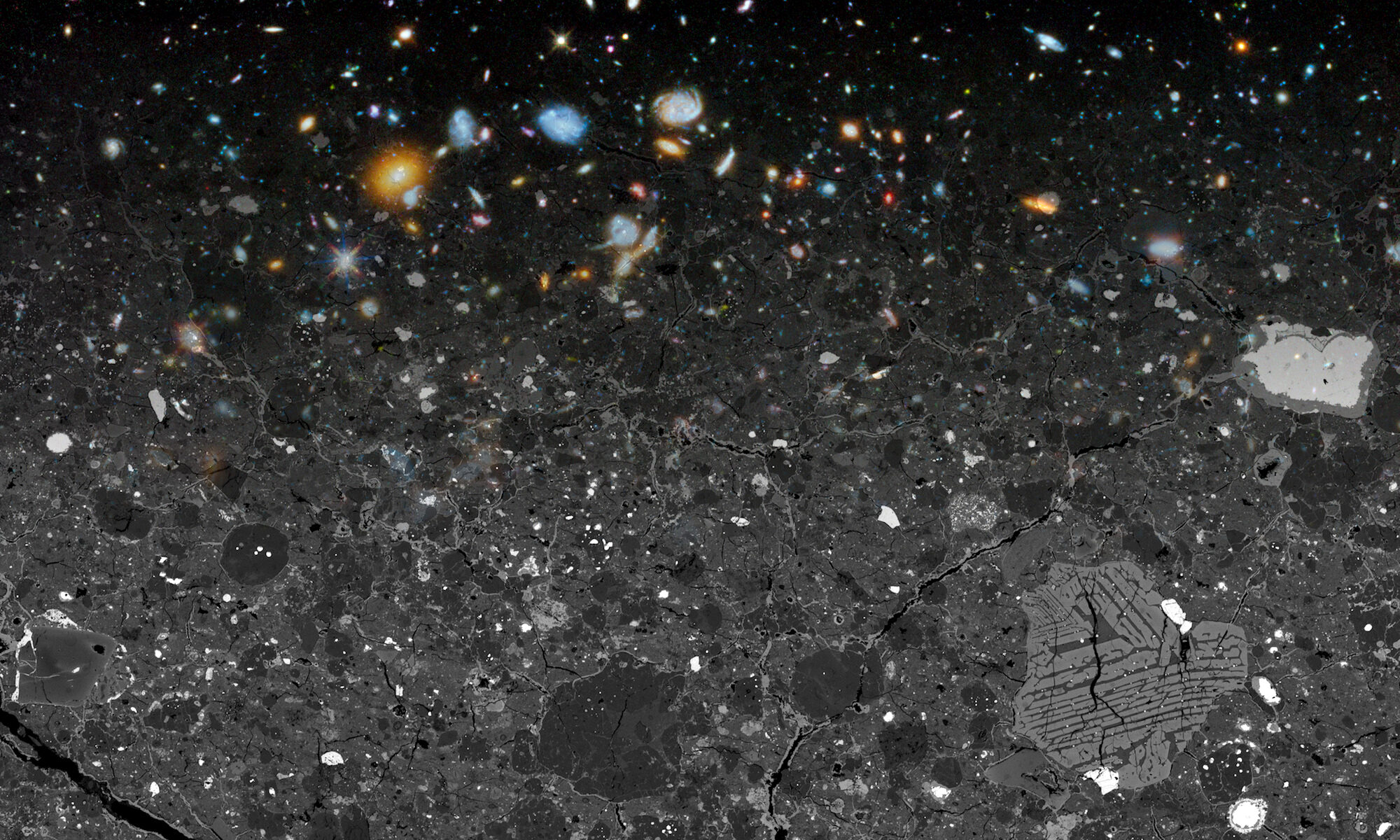Noble gases are natural places to study nuclear effects in nature. Their low natural abundances mean that their isotope ratios are easily changed by even low yield nuclear reactions. The noble gas laboratory consists of two Super Gnomes, made in our own shop, which define state-of-the-art noble gas mass spectrometry. Combining nearly perfect ion optics with the ultimate sensitivity afforded by ion-counting detection and the unique chemical properties has resulted in instruments that can measure samples containing as few as several thousand noble gas atoms. Focused laser heating allows the noble gases contained in individual micron-sized mineral grains to be routinely studied. Applied to a variety of problems these techniques have opened up new research in exciting new directions.
Genesis
The noble gas laboratory is part of the science team for the NASA Discovery Class Mission, Genesis, and has been involved in the development of collector material and the analysis of returned solar wind samples.
Iodine-129
Iodine-129 is now extinct in nature. Its short half-life, 15.6 million years, means that it has long since decayed away in a solar system that is 4.6 billion years old. Iodine-129 is made only in supernovae where freshly processed material is ejected molecular clouds. These clouds coalesced to form the solar nebula and eventually solid material, while live iodine-129 did exist in the early solar system. Its decay product, xenon-129, still exists in iodine host sites in primitive meteoritic material. Measurement of the ratio of radiogenic xenon-129 to stable iodine-127 provides a sensitive and precise chronometer for early solar system history. Comparisons of the times of mineral formation in different objects can be made with precision, easily resolving time differences as small as 100,000 years in objects formed 4.6 billion years ago.
Spallation Neon-21
Individual mineral grains in meteorites contain unique records of their exposure to energetic particles. Neutrons and protons with energies in excess of a few MeV interact with Al and Mg targets to produce neon-21 by spallation. These grains therefore contain records of energetic particle irradiation. They can be studied in the laboratory by laser extraction noble and gas mass spectrometry to reveal the history of energetic particle exposure prior to meteorite formation 4.6 billion years age. Some of these particles show very large amounts of spallation-produced neon-21, larger than likely from contemporary sources of energetic particles ; this is probably due to irradiation by the sun as it went through as active (T-Tauri) phase prior to settling onto the main sequence.
Kr-Kr Dating
Ages of lunar craters, and other features, are most accurately determined by the Kr-Kr exposure age method. Sub-surface lunar material is initially shielded from cosmic ray spallation reactions but, once it is brought to the surface by an impact, production of stable krypton isotopes and radioactive krypton-81 begins. With production rates monitored by radioactive krypton-81 and the integrated effects determined by the stable spallation products, surface exposure ages can be obtained without prior knowledge of specific production rates. This method established the age of lunar craters North Ray and South Ray as 50 and 2 million years, respectively, and Tycho as 100 million years.
Natural Fission Reactors
Fission reactors occurred in nature several billion years ago when the concentration of uranium-235 was still high enough to provide viable reactor fuel. The properties of these natural reactors can be deduced through the study of the fission Xe they produce. Likewise, our discovery of fission products of plutonium-244, and radiogenic iodine-129 through the measurement of xenon isotopic spectra in lunar material greatly restricts viable models for the origin of the moon.
Tellurium-128
We have measured the double beta half-life of tellurium-130 and tellurium-128 from xenon isotopes in old native Te. This determination of 7.7 x 1024 years for tellurium-128 is the longest half-life ever determined experimentally (and constrains the electron neutrino mass to a few eV).
